I find making any of the staples on this list a rewarding and satisfying experience. Plus the food tastes delicious—the ultimate test. Well, perhaps approval from a picky eater might be the ultimate test. These pass that one also.
Many of the following staples require little hands-on time to prepare and most will save you money as well.
1. Cashew cheese
Nut cheese costs a small fortune at the grocery store. As with most fermented foods, if you make this, you will need to plan ahead. If you crave nut cheese, you’ll have to wait several days to satisfy that craving. Think of fermenting as an exercise in delayed gratification.
I use either kimchi or a combination of preserved lemon and kombucha to kickstart the fermentation. Sauerkraut brine would also work. If you already ferment all the things, you’ll find this pretty quick to prepare. You soak the nuts for several hours, drain, then purée with a few other ingredients, stuff everything into a jar and wait a day or longer, depending on your starter and your kitchen’s ambient temperature.
Find the cashew cheese recipe here.
2. Homemade Nutella
This staple might not save money—although, as far as nut butters go, hazelnut butter costs much less to make than almond butter. And the quality ingredients that go into this render a vastly superior product compared to the storebought, brand-name spread (which contains palm oil!).
My daughter Charlotte makes a more economical version of this by swapping the hazelnuts for sunflower seeds—a bonus for anyone with a nut allergy. Both the hazelnut and sunflower iterations taste kind of dangerously good.
Go here for the homemade Nutella recipe.
3. Pasta
Okay, I will not lie: homemade pasta does require much more work than cooking pasta that comes from a box or bag (or bulk bin if you’re lucky enough to have access to bulk pasta). So if you don’t have much time, you might want to make pasta on a weekend. If you have kids, teach them how to make it and then ask them to make it for you.
You’ll find a few different versions in my recipe index, including:
- Egg pasta
- Pumpkin pasta (vegan)
- Turnip top pasta (you can also use radish tops or spinach)
I also included a pasta recipe in my cookbook that contains only semolina and water (the brilliant Pasta Grannies inspired that one).
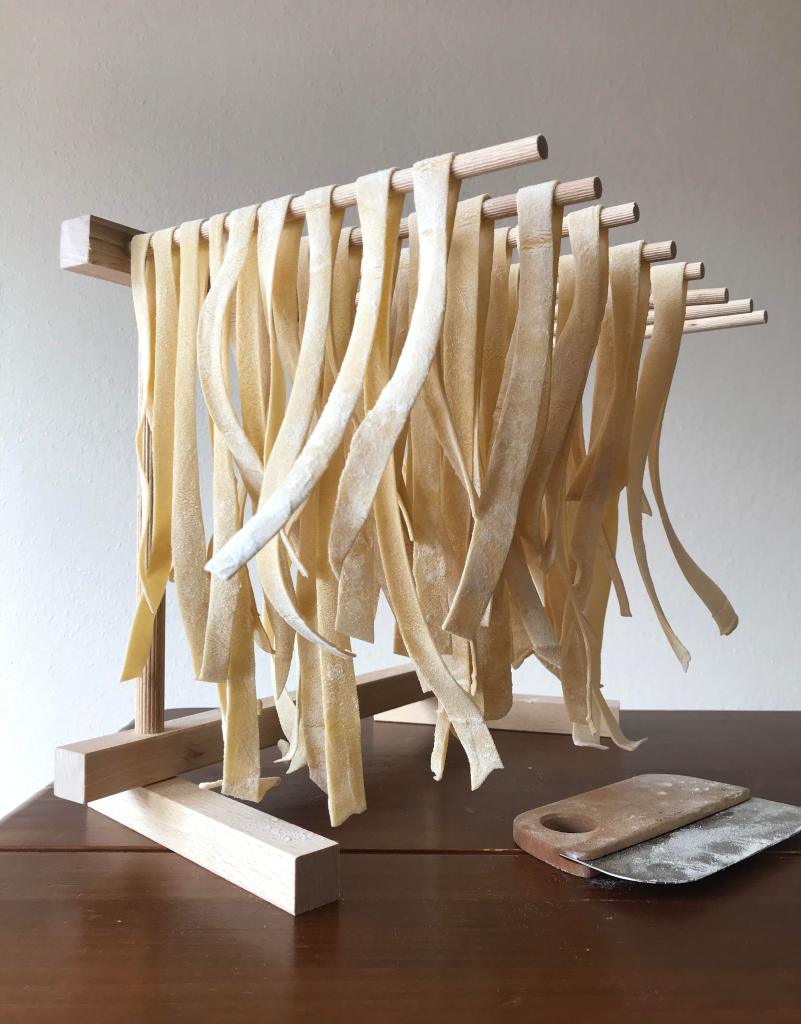
4. Garlic-dill pickles
To make dill pickles, you essentially stuff small cucumbers into a jar, along with spices if desired, grape leaves to retain the cukes’ crunch and, finally, brine (salt water). I’ve made these both with and without grape leaves and the tannins present in the leaves do yield a noticeably crunchier pickle. Plain black tea also contains tannins and should do the trick. (If you would prefer to buy dill pickles, reap the benefits of live cultures by choosing fermented pickles in the refrigerator section.)
Go here for the garlic-dill pickle recipe.
5. Tomato paste
I have posted two different recipes for tomato paste on this site, one slow-cooked in the oven and one fermented. They each feature various benefits and drawbacks.
If you want to put your tomato paste in a recipe—chili, pasta sauce or lentil soup, for example—the same day you make the paste, choose the cooked version. It requires much more hands-on time but tastes incredible. I buy 20-pound cases of tomatoes when the price plummets at the end of summer and spend a couple of days processing them into various forms, which gets us through the winter. Go here for the roasted tomato paste recipe.
The fermented tomato paste requires very little hands-on work—the microbes cook the tomatoes for you—but, as with the other ferments, you’ll have to wait several days before you can use the result. Go here for the fermented tomato paste recipe (and bonus tomato juice).
6. Tofu (and soy milk)
The first time you make tofu you may vow to never go to that much trouble ever again but the process is a simple one, albeit a bit time-consuming and messy if you allow the pot to boil over. (Never allow the pot boil over!)
To make tofu, you soak soybeans overnight to make soy milk, which you then curdle to make tofu. (Set some soy milk aside to drink or cook with later.) Your second batch of this plant-based staple still requires lots of work but you definitely become much more proficient as you go.
The prospect of the large pile of leftover okara—soybean pulp—that tofu produces can induce tofu-making hesitancy. I can’t waste the stuff! So I use that up by adding it to granola or biscotti or I dehydrate it, grind it up and use it like grainy flour in recipes such as sourdough pancakes.
Find the tofu and soy milk recipes here.
7. Paneer
Have some milk you need to use up quickly before it heads south? Make paneer and avoid both food waste and the plastic packaging of practically every block of paneer you’ll find in stores. The method—and the result—resemble tofu a bit, without the extra step of making the milk.
Go here for the paneer recipe.
8. Pita bread
I love that I can make the dough for fabulous pitas in advance, refrigerate it and then make a few pitas on demand when I crave them. Both of the recipes below call for baker’s yeast. The discard version has a bit of sourdough flavor without the sourdough wait, plus it uses up an entire cup of discard.
9. Wine vinegar
I am completely obsessed with my wine vinegars. You will never want to buy wine vinegar again after you taste spectacular homemade wine vinegar. It costs less than a merely decent-tasting storebought brand too.
The real trick to making this mother of all staples is finding a mother of vinegar. An impressive one grew spontaneously on my pineapple scrap vinegar this spring and has since reproduced with abandon. (I will need to find homes for some of its babies.) Once you have the mother, you add her to a mixture of wine and water, cover and—you guessed it—wait for the vinegar to ferment (it takes a month or so).
Go here for the wine vinegar recipe.
Bonus non-food recipes
10. Glue
Did you know you can make glue quite easily? It takes only a few minutes. Go here for the wheat paste recipe and here for the rice glue recipe.
11. Wood stain
While we’re getting all crafty, here is a recipe for homemade wood stain. You need only vinegar and steel wool to make it. I don’t use my precious wine vinegar for this! I use kombucha that I’ve brewed to the point of very strong vinegar, with no sugar remaining. Apparently, any type of steel, such as a nail, will produce the stain but I have used only steel wool so far.
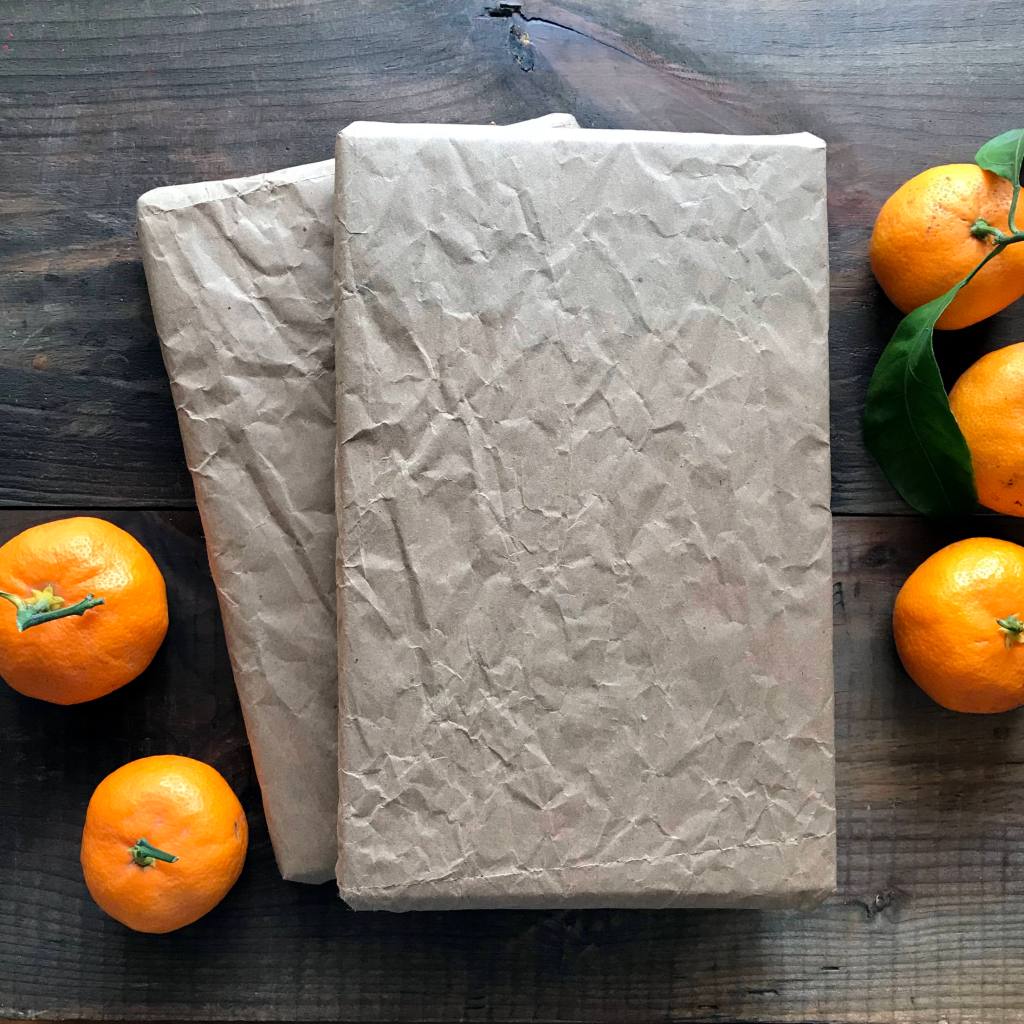
The above picture features gifts I wrapped last Christmas with paper salvaged from the recycling bin and taped together with homemade paper tape (i.e., strips of paper brushed with homemade glue). The background I used for the photo is a pine wine crate I found on the side of the road and stained with my homemade stain. Total cost for the wrapping paper and background: pennies.
When I face a dilemma, before I head out to buy a solution, I try to solve the problem with what I have on hand. That method usually works well. No, the stain won’t be ready for a few days. I have many other things I can work on in the meantime. And the glue requires less time to make than going to the store. It costs next to nothing and it works.
Check out my award-winning cookbook!
- Taste Canada silver for single-subject cookbooks
- Second-place Gourmand cookbook award in the category of food waste
- Shortlisted for an award from the International Association of Culinary Professionals




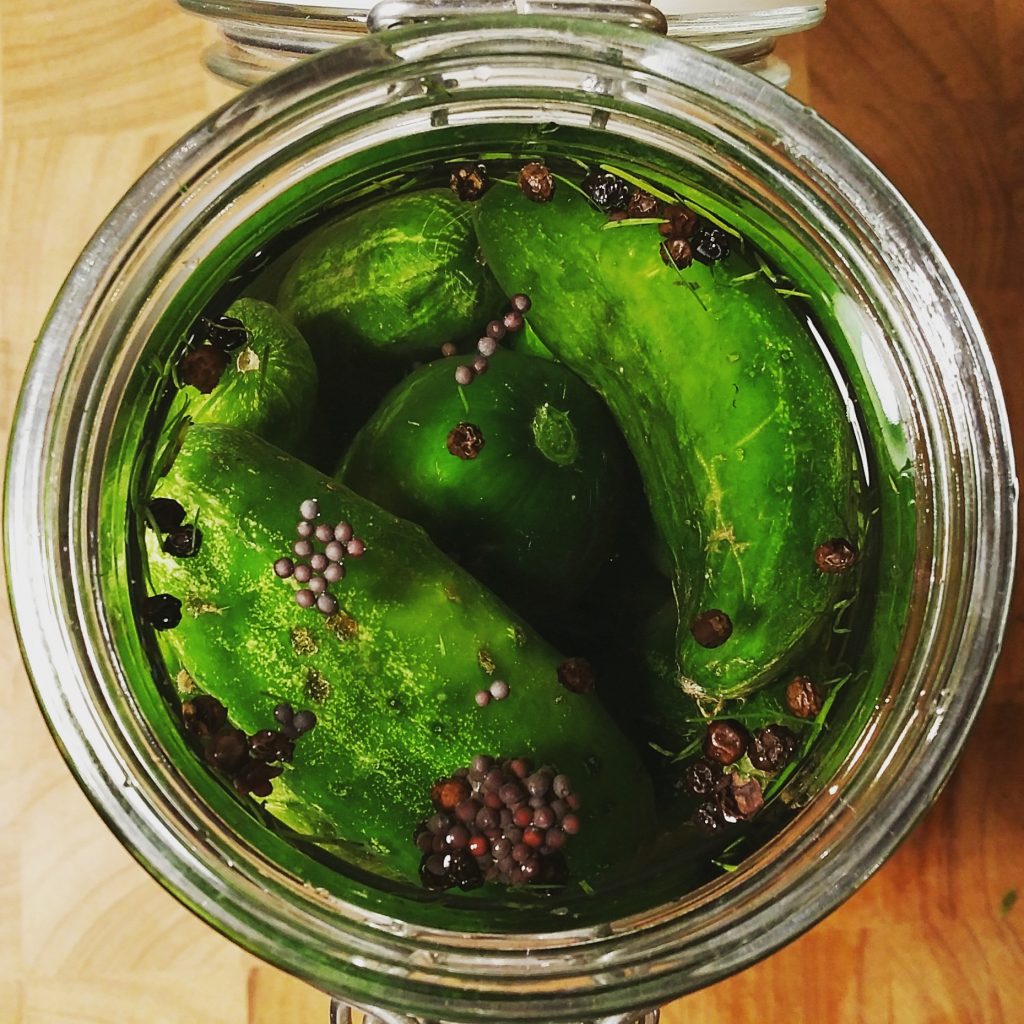
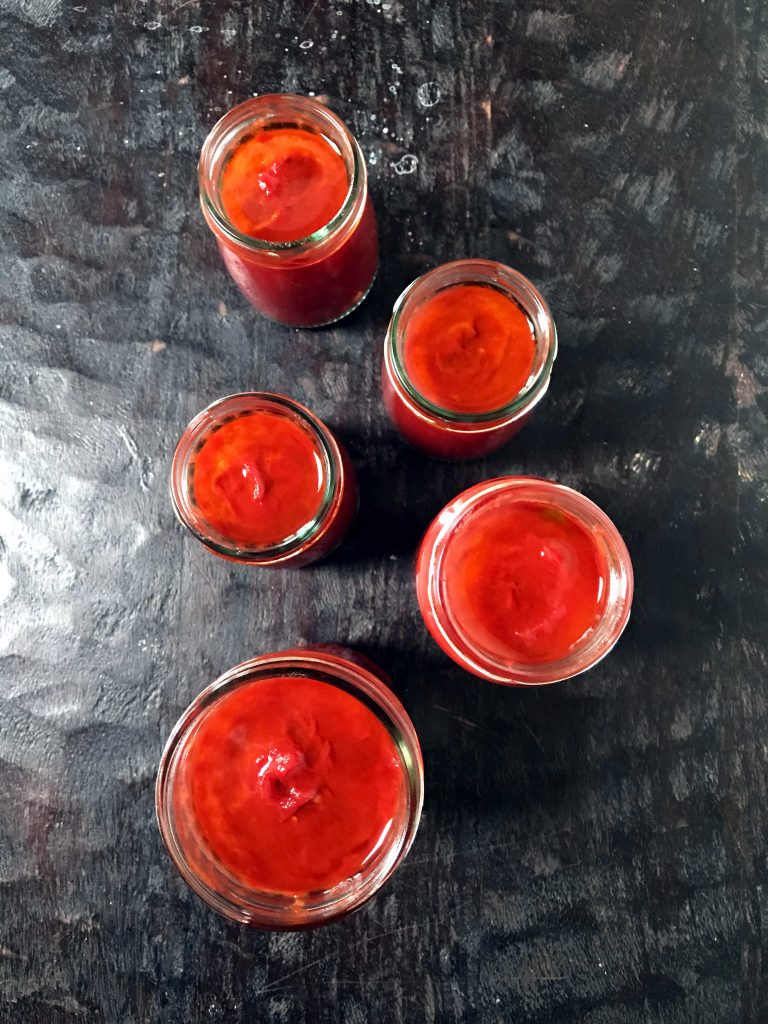
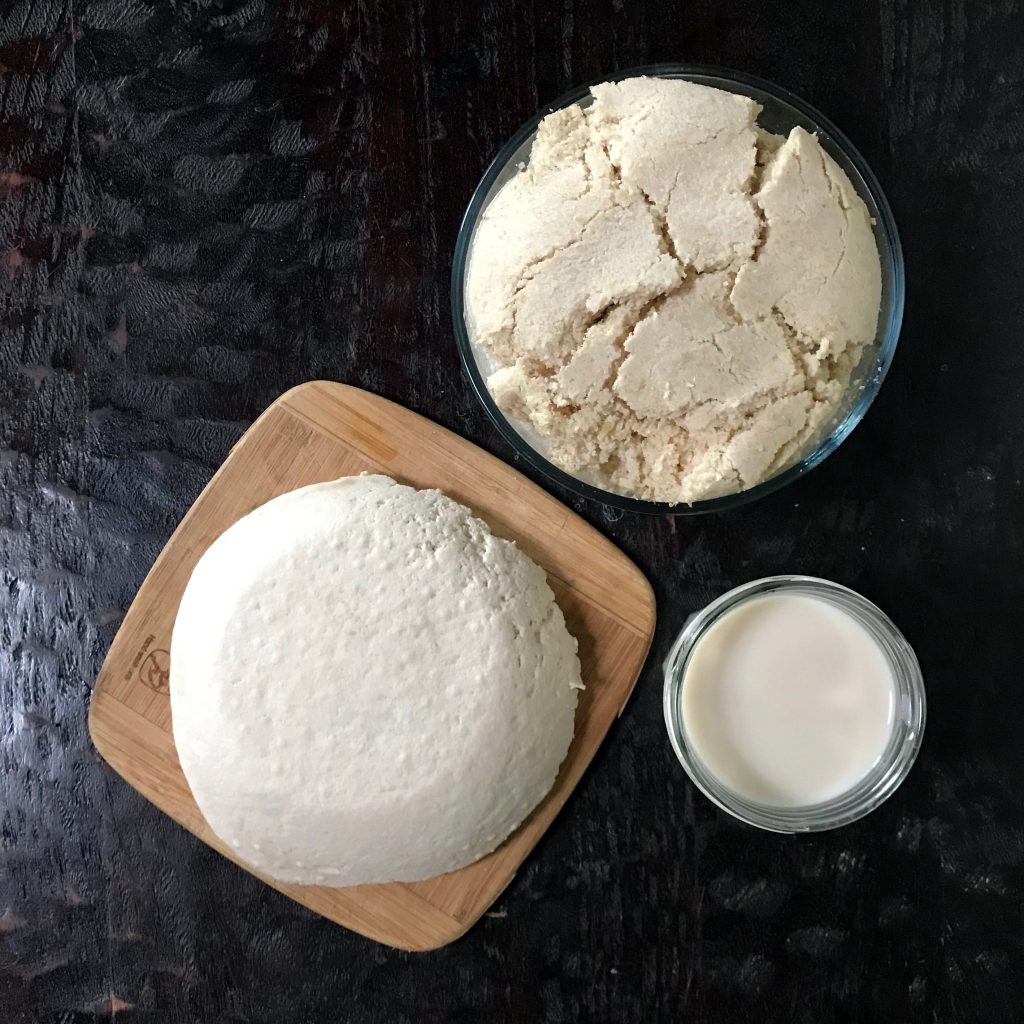




Great ideas!
Thank you very much Dorothy!
Wonderful shares!!!!!
Thank you! I’m glad you like them 🙂
Also I just got around to buying your book. Too many good things to pass up.
Thank you very much! I really appreciate it. I hope you enjoy cooking (and eating) the recipes 🙂
You are welcome, and you can be sure I will 🙂
Great shares…Thank you…I have your book and am working my way through it 🙂
Thank you Carol for the kind words and for buying my book. I really appreciate it!
I am really enjoying it and will leave you a review 🙂
Thank you very much Carol! 🙂
I’ve seen a recipe for tempeh made from okara before, so that’s also an option for using it up.
Thank you for the suggestion. I’ve been wanting to try that. I need to get my hands on some spores.
Thank you for the suggestions. As I’m Italian, of course I’m used to cook a lot and to make pasta, tomato sauces andmore at home
Thank you for checking out the post, Paola. An Italian woman owns my favorite café here. She is very strict about the ingredients and everything is made from scratch. So good!